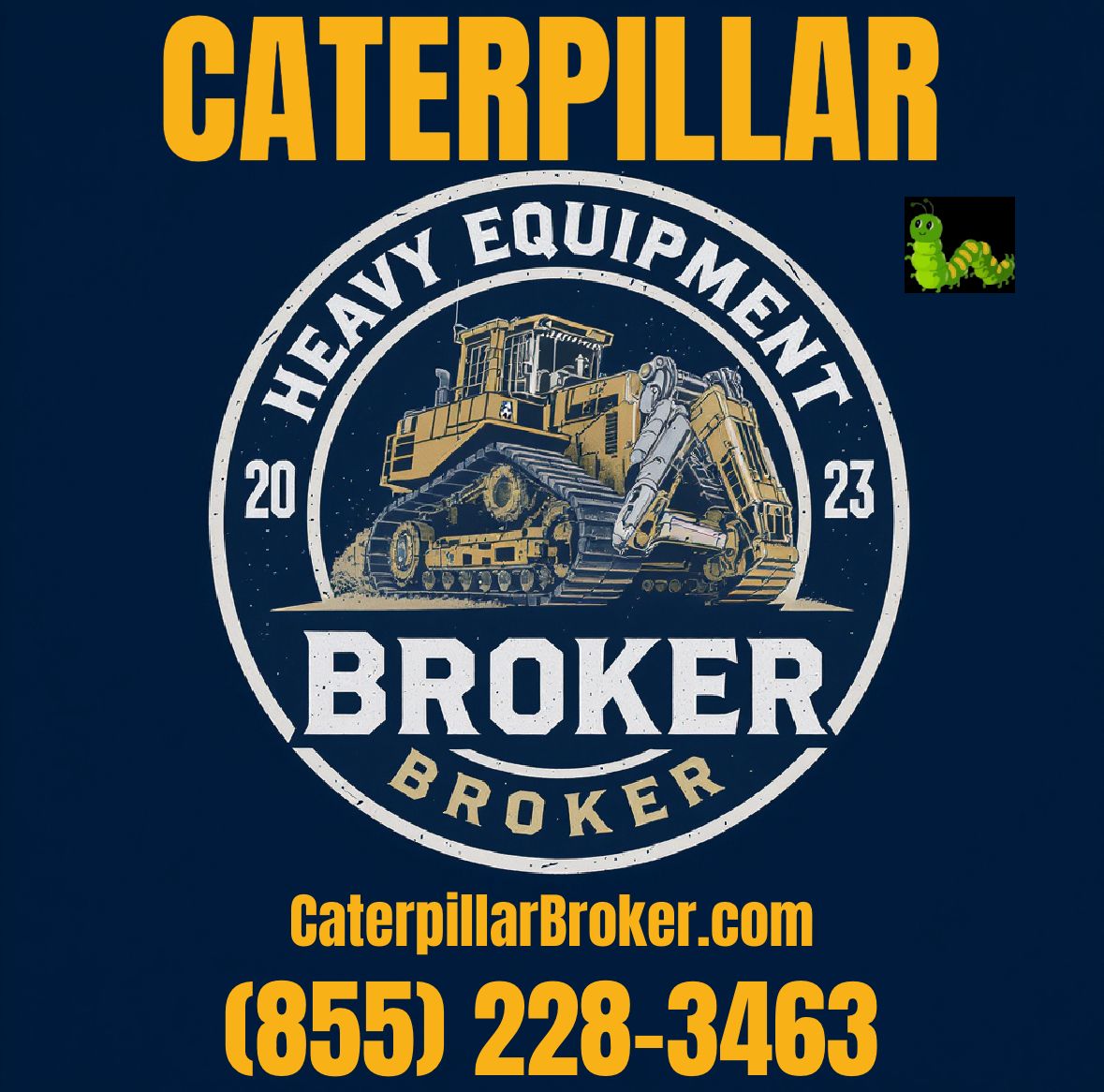How to Maintain Your Caterpillar Machinery for Optimal Performance
Understanding the Importance of Regular Maintenance
Maintaining your Caterpillar machinery is vital for ensuring its optimal performance and longevity. Regular maintenance not only prevents unexpected breakdowns but also enhances the efficiency of your equipment. A well-maintained machine can save you time and money in the long run by reducing repair costs and downtime.
To keep your Caterpillar machinery running smoothly, it's essential to follow a structured maintenance schedule. This includes routine inspections, timely replacements, and keeping a detailed record of all maintenance activities. By doing so, you can identify potential issues before they escalate into major problems.

Daily Inspection Checklist
One of the simplest yet most effective ways to maintain your machinery is by conducting daily inspections. A quick check can help you spot any visible signs of wear and tear or potential hazards. Here's a checklist you can follow:
- Check fluid levels, including engine oil, coolant, and hydraulic fluid.
- Inspect tires or tracks for signs of damage or excessive wear.
- Look for any visible leaks or unusual noises during operation.
- Ensure all safety features are functioning correctly.
Regular Lubrication and Fluid Checks
Lubrication is crucial for minimizing friction and wear on moving parts. Regularly lubricating components helps maintain their efficiency and extends their lifespan. Always use the recommended lubricants as specified in the machine's manual to ensure compatibility and effectiveness.
Additionally, checking and replacing fluids as needed is essential. Contaminated or low fluid levels can lead to overheating, reduced performance, and even permanent damage. Monitor fluid levels consistently and replace them according to the manufacturer's guidelines.

Scheduled Maintenance and Parts Replacement
Adhering to a scheduled maintenance plan is key to keeping your machinery in top shape. Refer to the manufacturer's manual for recommended service intervals and necessary parts replacements. This might include changing filters, belts, or other components that experience regular wear.
Using genuine Caterpillar parts for replacements is important to maintain the integrity of your machinery. These parts are designed specifically for your equipment and ensure optimal fit and performance.
Training and Operator Best Practices
The performance and longevity of your machinery also depend significantly on the skills of the operators. Ensure that all operators are well-trained in handling the equipment correctly. Proper training minimizes accidents and reduces unnecessary strain on the machinery.

Encourage operators to follow best practices such as avoiding overloading, maintaining proper speed, and adhering to operational guidelines. A knowledgeable operator is an asset to efficient machinery management.
Monitoring and Analyzing Performance Data
Modern Caterpillar machinery often comes equipped with technology that allows you to monitor performance data. Utilizing this data can help you identify trends, make informed decisions, and optimize your maintenance strategies.
Regularly reviewing this data enables you to detect inefficiencies or emerging issues early on. By taking proactive measures based on this information, you can prevent potential problems and improve overall productivity.
Conclusion: Commitment to Preventive Maintenance
In conclusion, maintaining your Caterpillar machinery for optimal performance requires a commitment to preventive maintenance. By following a structured maintenance routine, conducting regular inspections, and utilizing performance data, you can extend the life of your equipment and maximize its efficiency.
Remember, investing time and resources in regular maintenance is not just about preventing failures; it's about ensuring that your machinery continues to support your operations effectively for years to come.
